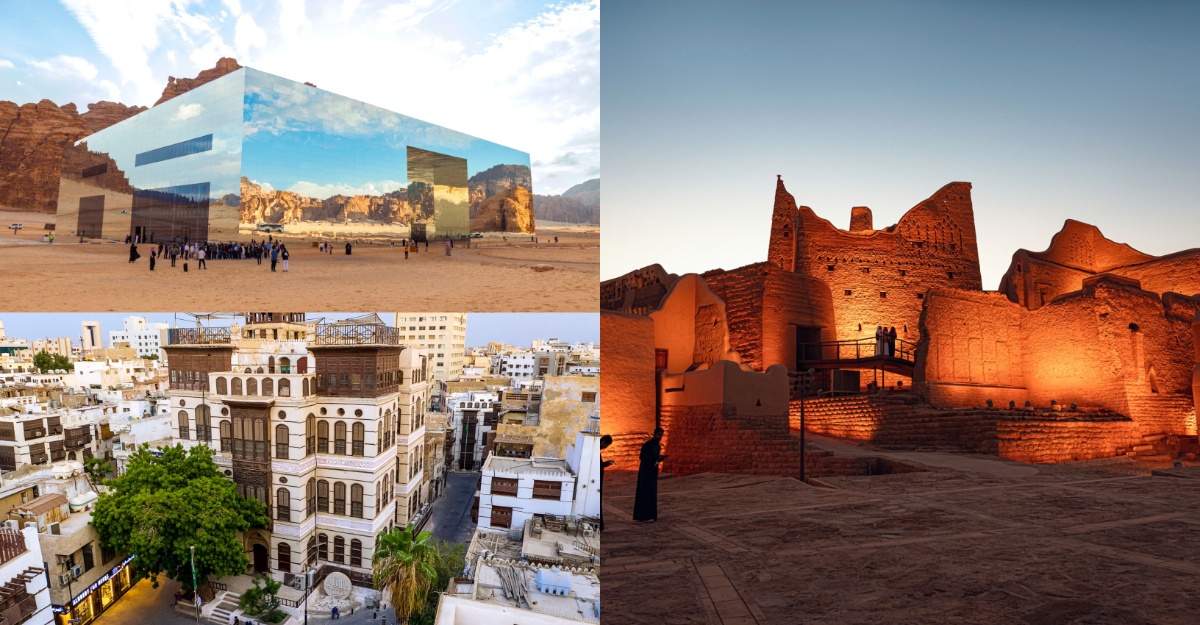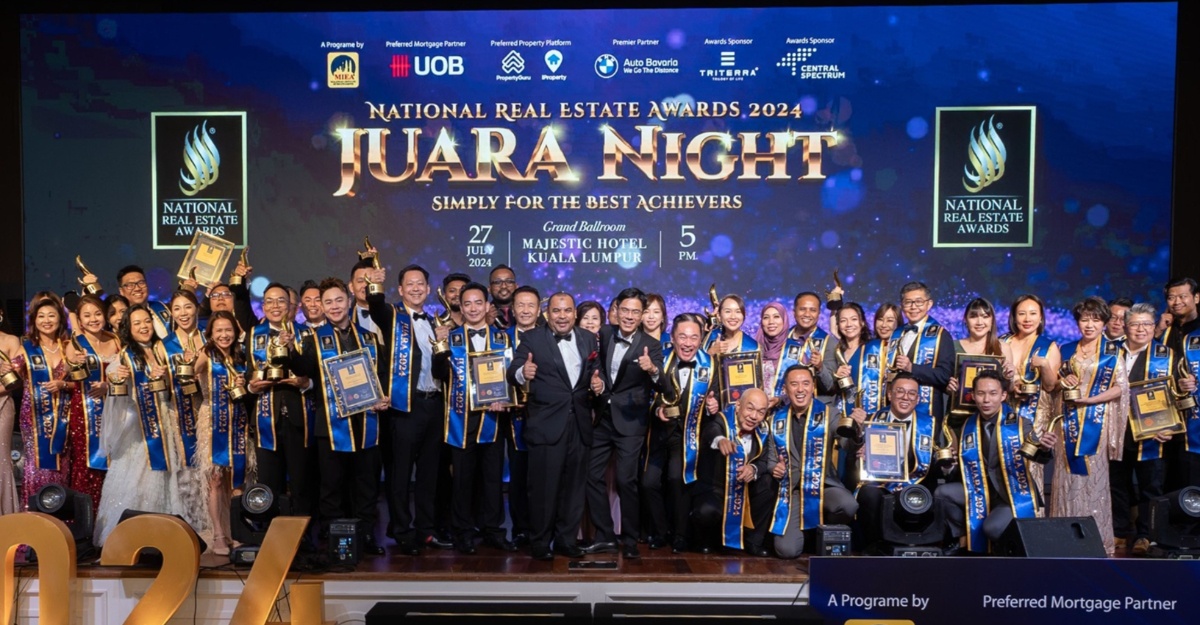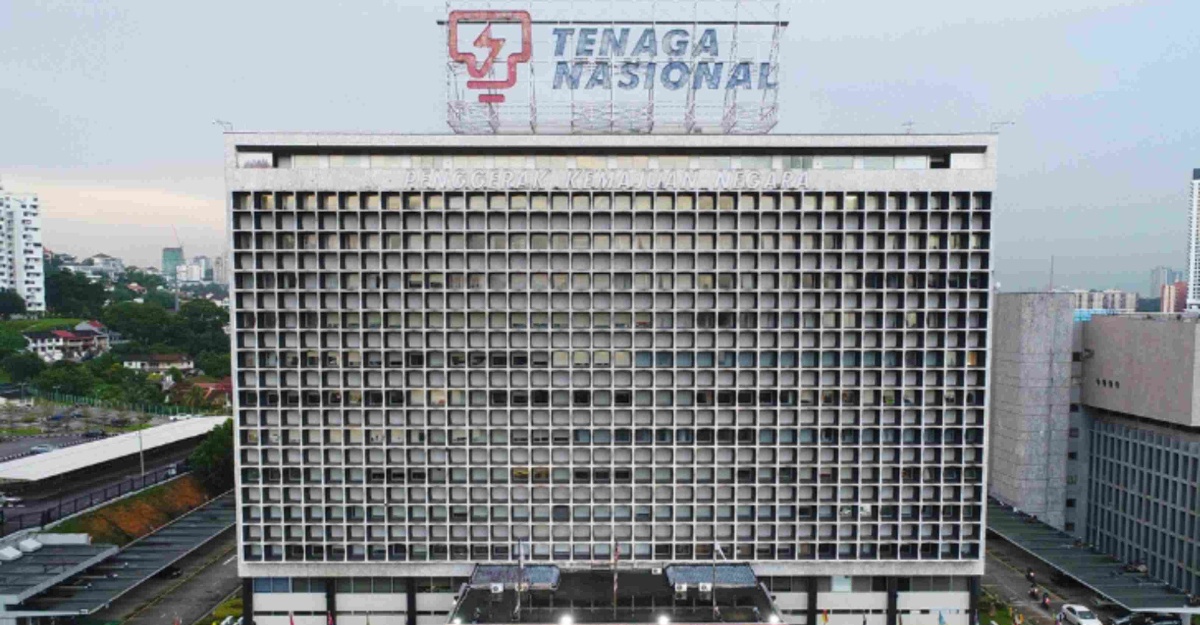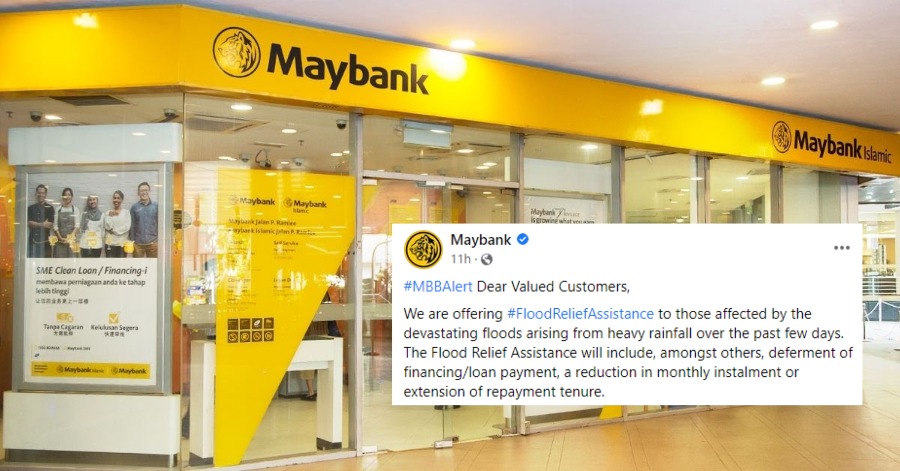Different regions in Saudi narrate a unique story steeped in rich culture, heritage, and resplendent architecture. From the stone houses adorned with wood carvings in the Aseer region, to the prevalent Najdi architecture in Diriyah, the original architecture and design of buildings were determined by the weather, geography, and the availability of local resources.
The buildings, old and new are a blend of ancient history and visionary future with olden engineering and craftsmanship to modern skyscrapers and pioneering giga projects. For example, the Kingdom Centre Tower in Riyadh, a symbol of modernity, is juxtaposed with the ancient mud-brick city of Diriyah, home to 300-year-old UNESCO World Heritage Site At-Turaif.
- Kingdom Centre Tower, Riyadh
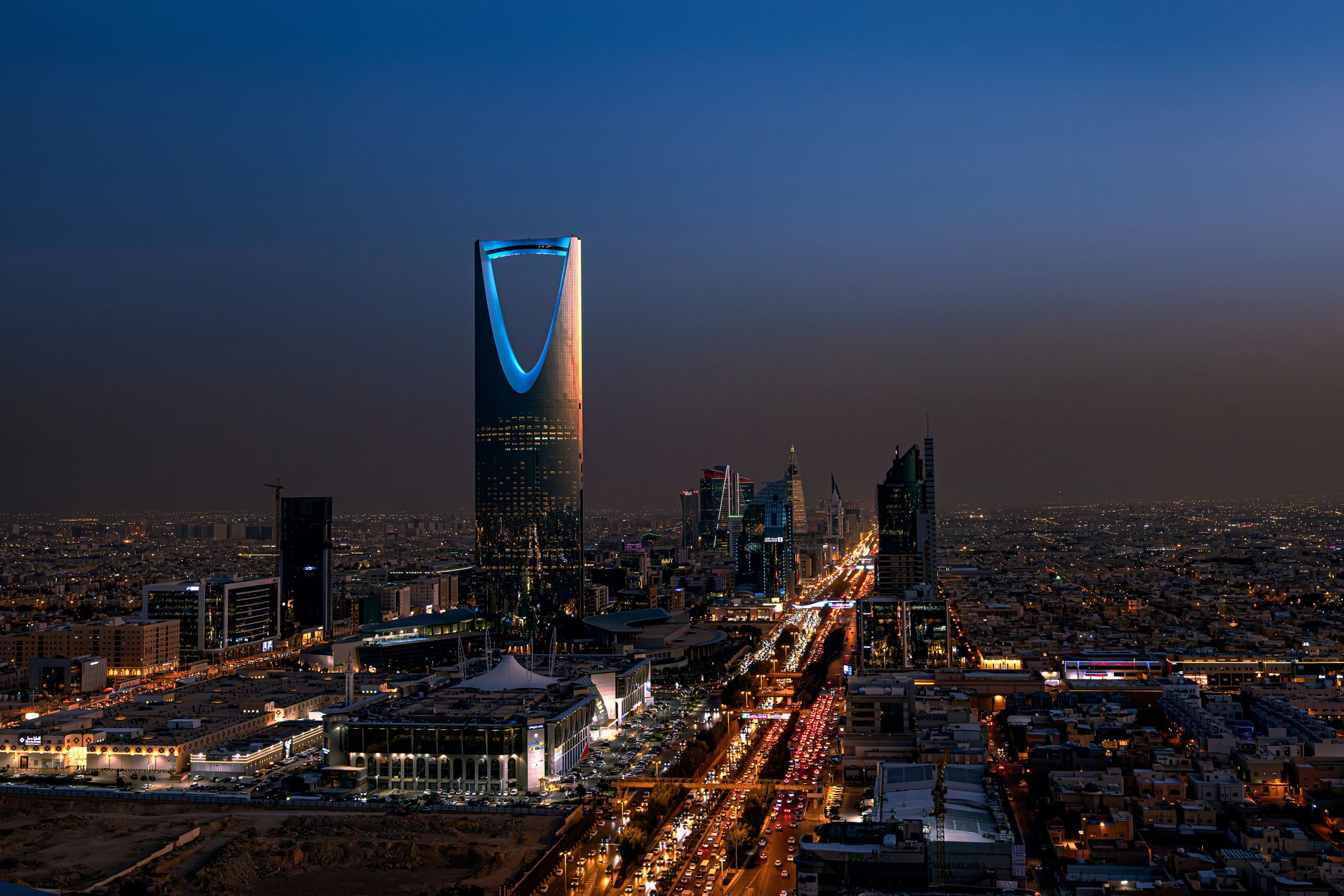
Saudi’s bustling capital which is home to 8 million people, is a vast and vibrant city. Rising boldly against the Riyadh skyline, the Kingdom Centre Tower, is one of the tallest buildings in the world.
With its sleek design and towering presence, the tower stands at 300-meters tall with a reflective glass wall to combat the heat. Its unique ‘hole’ has a glass Sky Bridge that offers visitors unparalleled views of Riyadh from the 99th floor.
The east wing of the Tower houses the award-winning Al-Mamlaka shopping mall, featuring over 150 stores divided across 3 levels with luxury retailers like Louis Vuitton and Gucci, as well as international department stores. On its third level, you can also dine at Al-Mamlaka Social Dining, a first-of-its-kind social dining destination.
Among its many floors, the Four Seasons Hotel Riyadh sits high within the soaring Kingdom Centre Tower, where you can even have a romantic dinner experience in the sky over an unmatched panoramic view of Riyadh. You can also visit the highest mosque in Saudi, the King Abdullah Mosque, on the 77th floor.
- Ithra (King Abdulaziz Center for World Culture), Dhahran
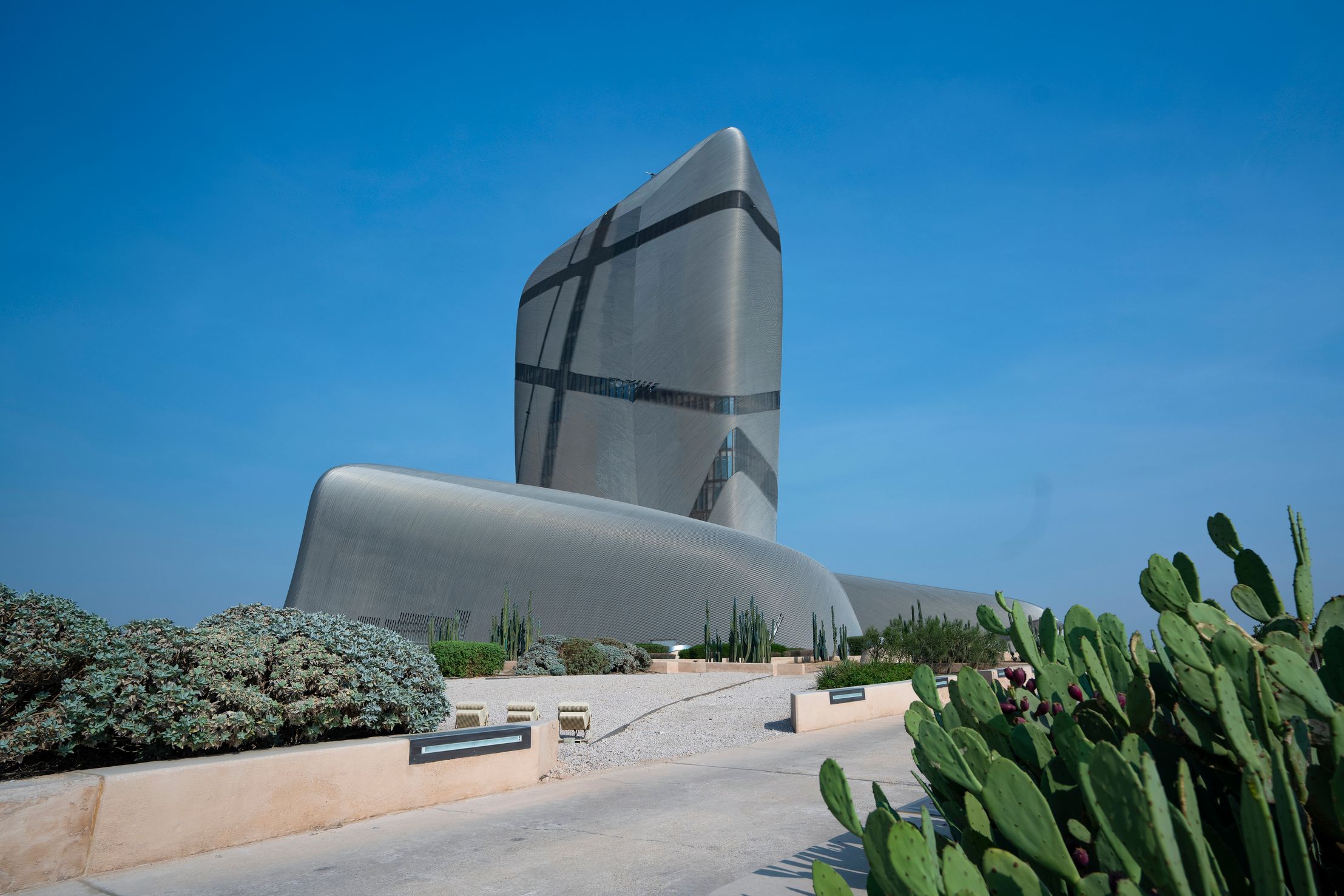
Named by TIME Magazine in 2018 as one of “The World’s 100 Greatest Places to Visit,” it is a structure that must be seen to be believed. Crafted by the renowned Norwegian architecture firm, Snohetta, the Center stands as a monumental cultural complex in Dhahran, a city located in Saudi’s Eastern Province. Enhanced with over 350 kilometers of stainless-steel tubes, Ithra’s presence on Dhahran’s skyline is striking. Set within the desert landscape, the innovative ‘pebble’ design features interconnected structures blending futuristic elements with traditional techniques, reflecting Saudi’s commitment to innovation and cultural heritage.
Within Ithra’s 80,000 square metres of space, visitors will find a five-gallery museum, theatre, library, cinema, a great hall, and the Ithra Tower – all connected by an extensive plaza. Because of its scale, numerous art installations, and unique architecture, it can easily take you a full day to appreciate what Ithra has to offer. No trip to Ithra is complete without visiting ‘Reader’s Paradise,’ a magnificent library home to a collection of more than 300,000 books in both English and Arabic. Spread over four levels, it also offers plenty of quiet spaces for work or contemplation, and a cozy café. There are also various art galleries and an immersive ‘Ideas Lab’ offering workshops, a materials library, 3D printers, and spaces for collaboration.
- Nassif House, Jeddah
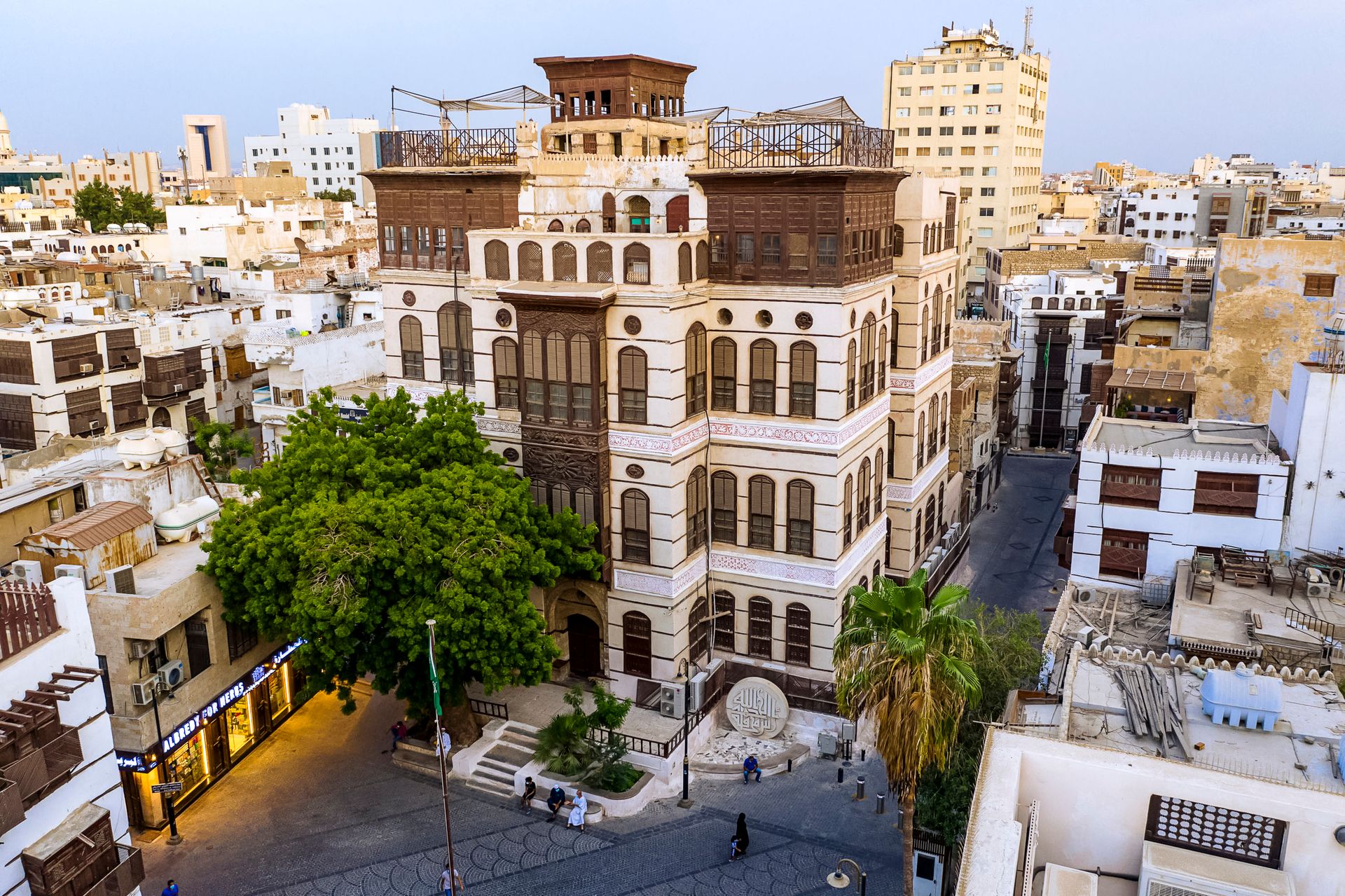
Located in Saudi’s cosmopolitan coastal city, Nassif House, also known as Bait Nassif, is a historic residence in Al-Balad found on the UNESCO World Heritage List.
The building was built between 1872 and 1881 for the governor of Jeddah at that time, Sheikh Umar Effendi al-Nassif. Notable for its unique design, it overlooks a square with a rare neem tree, earning it the nickname “The House with the Tree.” Designed by a Turkish architect, it features an elevated ground floor with rainwater cisterns, intricate frescoes, wood carvings, and a striking bay window carved from Java teak wood. It was once used as the primary residence of King Abdul Aziz Ibn Saud and was acquired by the Saudi government in 1975, which was then transformed into a cultural center to celebrate Jeddah’s rich heritage.
Acting as a gateway to Makkah on the Red Sea coastline, Jeddah has become home to people from all walks of life throughout the ages, creating a flourishing arts and culinary scene. Wander through ancient, life-filled markets and visit the gorgeous Jeddah waterfront as you enjoy a diverse year of cultural events.
- At-Turaif, Diriyah
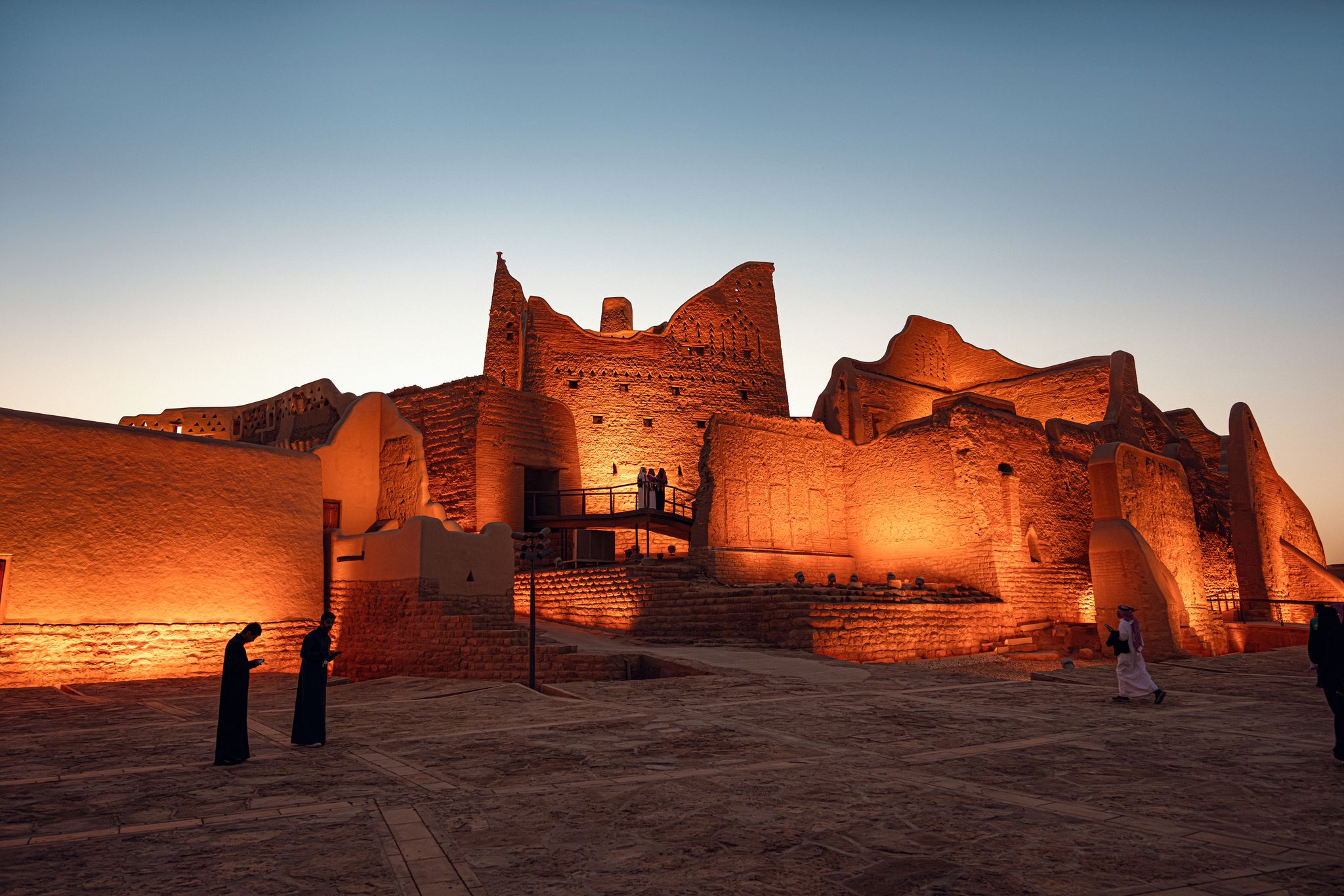
Established in the 15th century, At-Turaif stands as a testament to the traditional mud-brick Najdi architecture style which flourished in the heart of the Arabian Peninsula and is characterised by its geometric motifs and use of the courtyard space. Over the centuries, the 300-year-old UNESCO World Heritage Site has evolved to become a symbol of Saudi’s rich cultural and historical heritage.
Throughout the 18th and early 19th centuries, At-Turaif grew in significance, becoming a hub for both political and religious affairs. As the fortress of the House of Saud, it served as a stronghold and played a crucial role in shaping the region’s destiny.
Now a tourism giga-project, Diriyah is a hub of activity, hosting its own ‘Diriyah Season’, an events calendar with events all year-round, as it aims to attract 50 million visitors by 2030. A trip to Diriyah is not complete without visiting Bujairi Terrace, an ultimate dining spot that offer unprecedented culinary offerings every year.
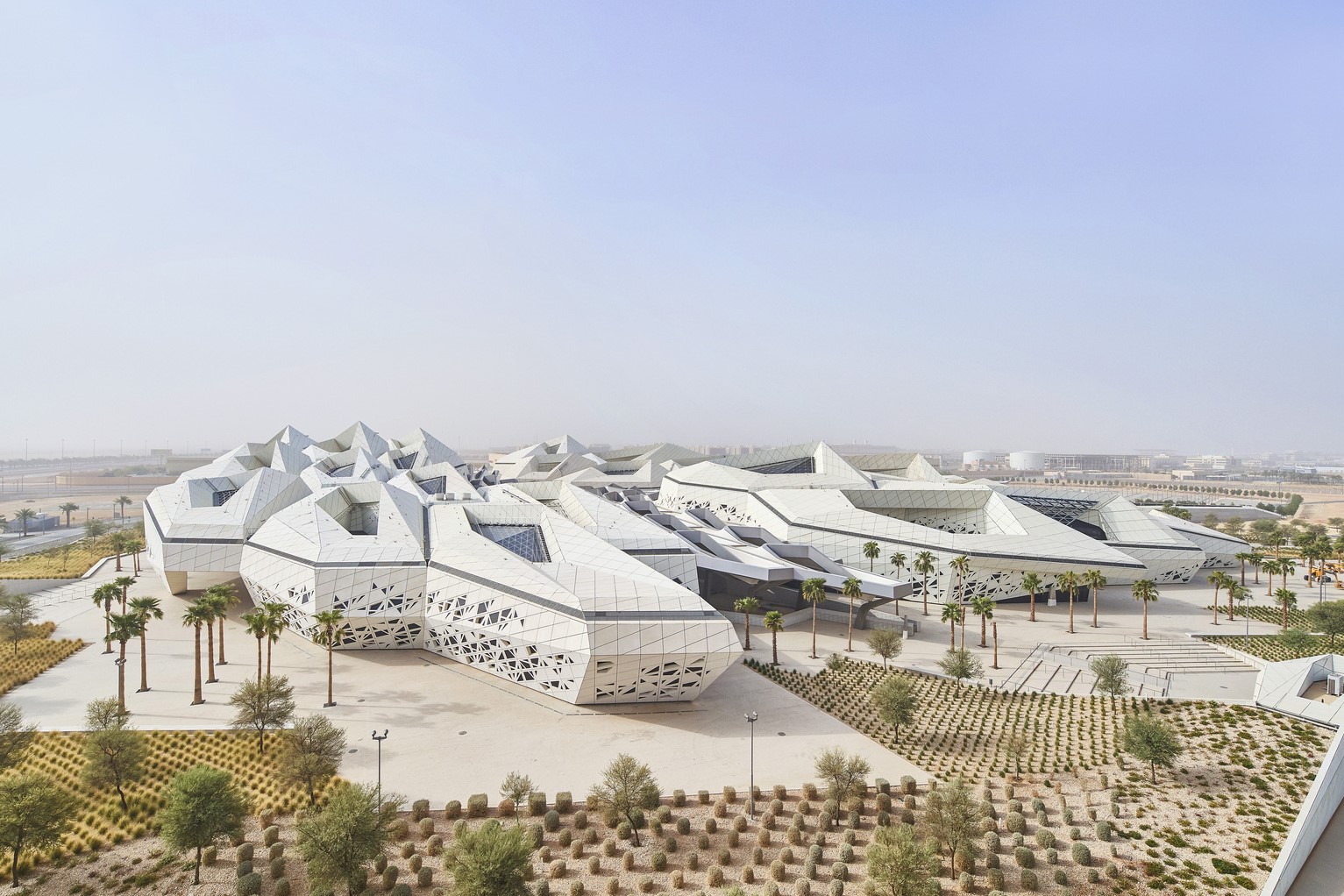
Rising majestically from the desert landscape, KAPSARC is a product of architectural ingenuity and sustainable design.
Designed by the late architect Zaha Hadid in collaboration with the award-winning engineering firm, Arup, the building’s unique honeycomb cellular structure not only offers a striking visual appeal but also serves to minimise solar heat gain and harness desert winds. The campus houses five key facilities within its expansive grounds, seamlessly interconnected beneath a vast canopy. Through meticulous design and innovative structures, KAPSARC achieves efficiency without compromising on aesthetics or functionality, setting a new standard for architectural excellence in Saudi.
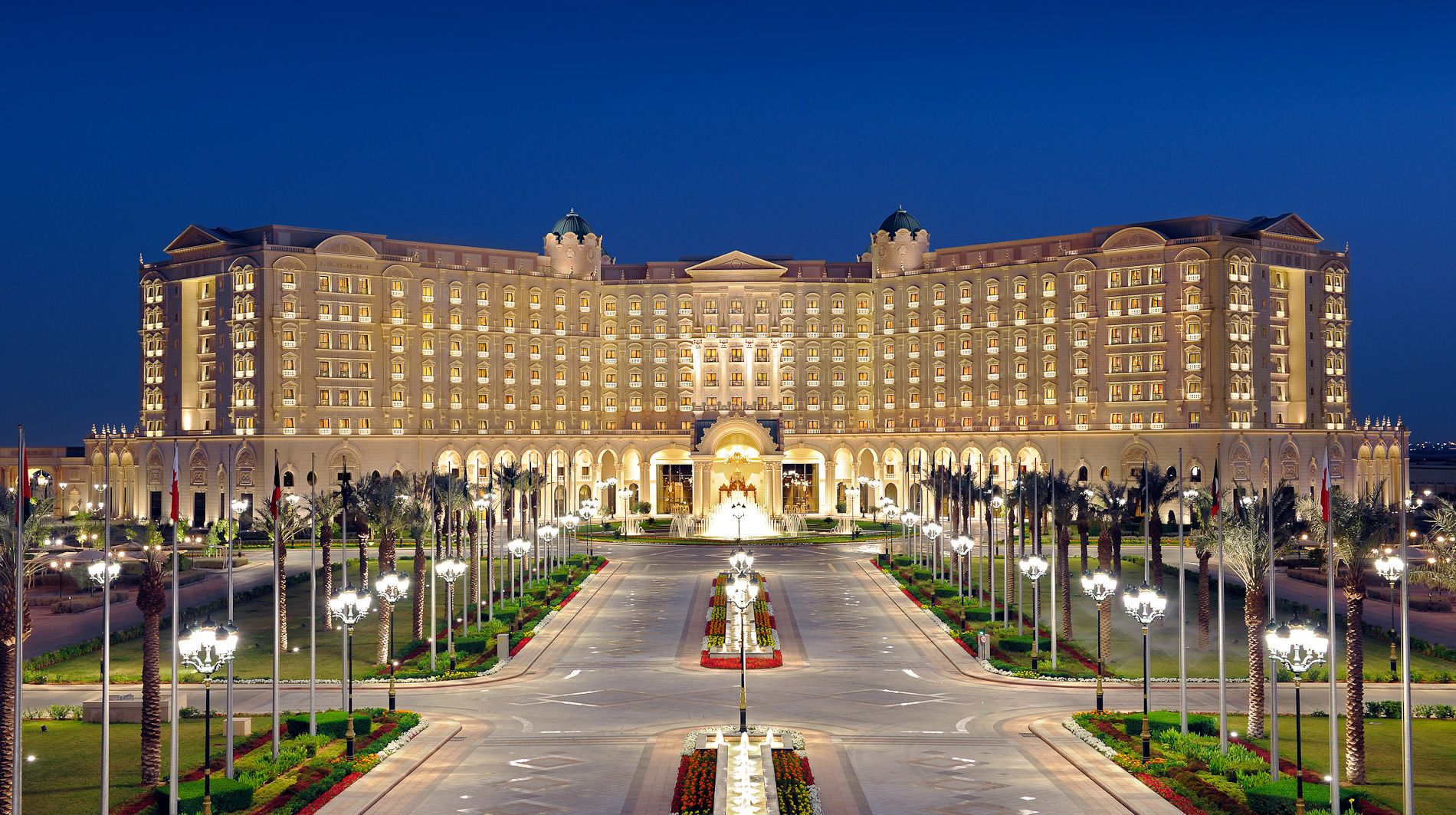 Originally crafted as a royal palace, The Ritz-Carlton, Riyadh, is nestled in the heart of Saudi’s capital andserves as a beacon of opulence and refinement. Adorned with lush gardens, centuries-old olive trees, and serene palm groves, this luxurious hotel epitomises grandeur and sophistication. The interior design of the guest rooms boasts colours and textures found in the region. From its spacious suites and world-class spa to its exquisite dining venues and elegant event spaces, every corner exudes unparalleled luxury and impeccable service.
Originally crafted as a royal palace, The Ritz-Carlton, Riyadh, is nestled in the heart of Saudi’s capital andserves as a beacon of opulence and refinement. Adorned with lush gardens, centuries-old olive trees, and serene palm groves, this luxurious hotel epitomises grandeur and sophistication. The interior design of the guest rooms boasts colours and textures found in the region. From its spacious suites and world-class spa to its exquisite dining venues and elegant event spaces, every corner exudes unparalleled luxury and impeccable service.
Book a unique spa experience such as the Dead Sea Salt Toning body treatment, or travel the globe with culinary delicacies from Italy, China, and the Middle East at The Ritz-Carlton, Riyadh.
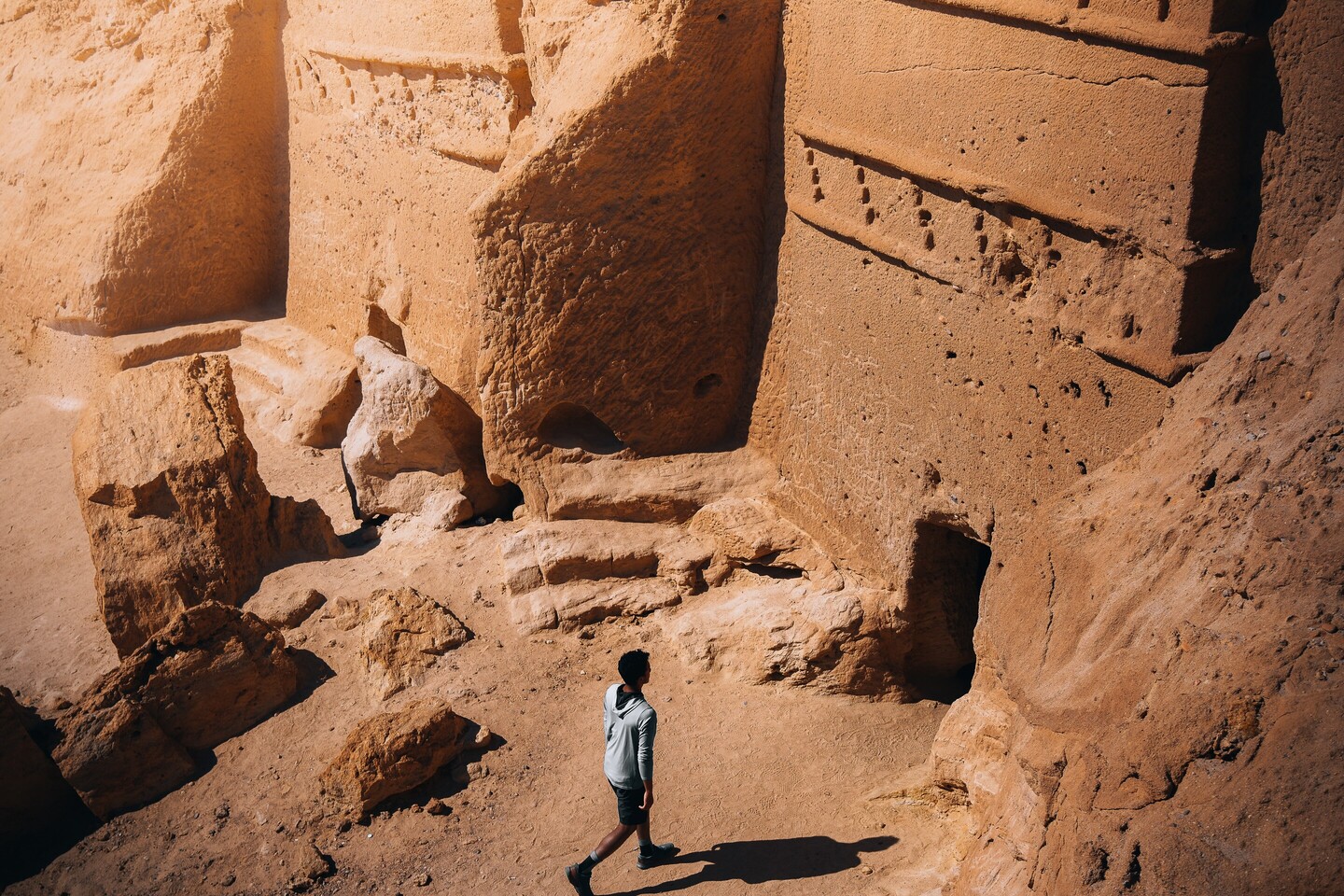
At the ancient tombs in Hegra, Saudi’s very first UNESCO World Heritage site. The tombs offer a fascinating glimpse into ancient civilizations, with the astounding architecture being left untouched for millennia. Hegra is renowned for its more than 110 well-preserved burial tombs carved from desert rock. With unique carvings found on each tomb carved from the sandstone outcrops which surround the city, some tombs include capital-topped columns that hold a triangular pediment above the doorway. A Nabataean “crown,” consisting of two sets of five stairs, rests at the uppermost part of the facade, waiting to transport the soul to heaven. Look out for mythical creatures such as sphinxes, eagles, griffins and more, with these creatures protecting tomb entrances from intruders.
Beyond the striking tombs, Hegra showcases ancient engineering feats like wells and stone-lined water channels, highlighting the ingenuity of its inhabitants. The presence of defensive structures hints at the city’s historical significance and its connections to the wider Roman world. Hegra beckons travellers to delve into the narratives of the past, unveiling the enduring legacies of civilizations that have shaped the AlUla landscape over centuries.
One of the best ways to experience Hegra is through a private vintage Land Rover, letting you cruise through the desert in style.
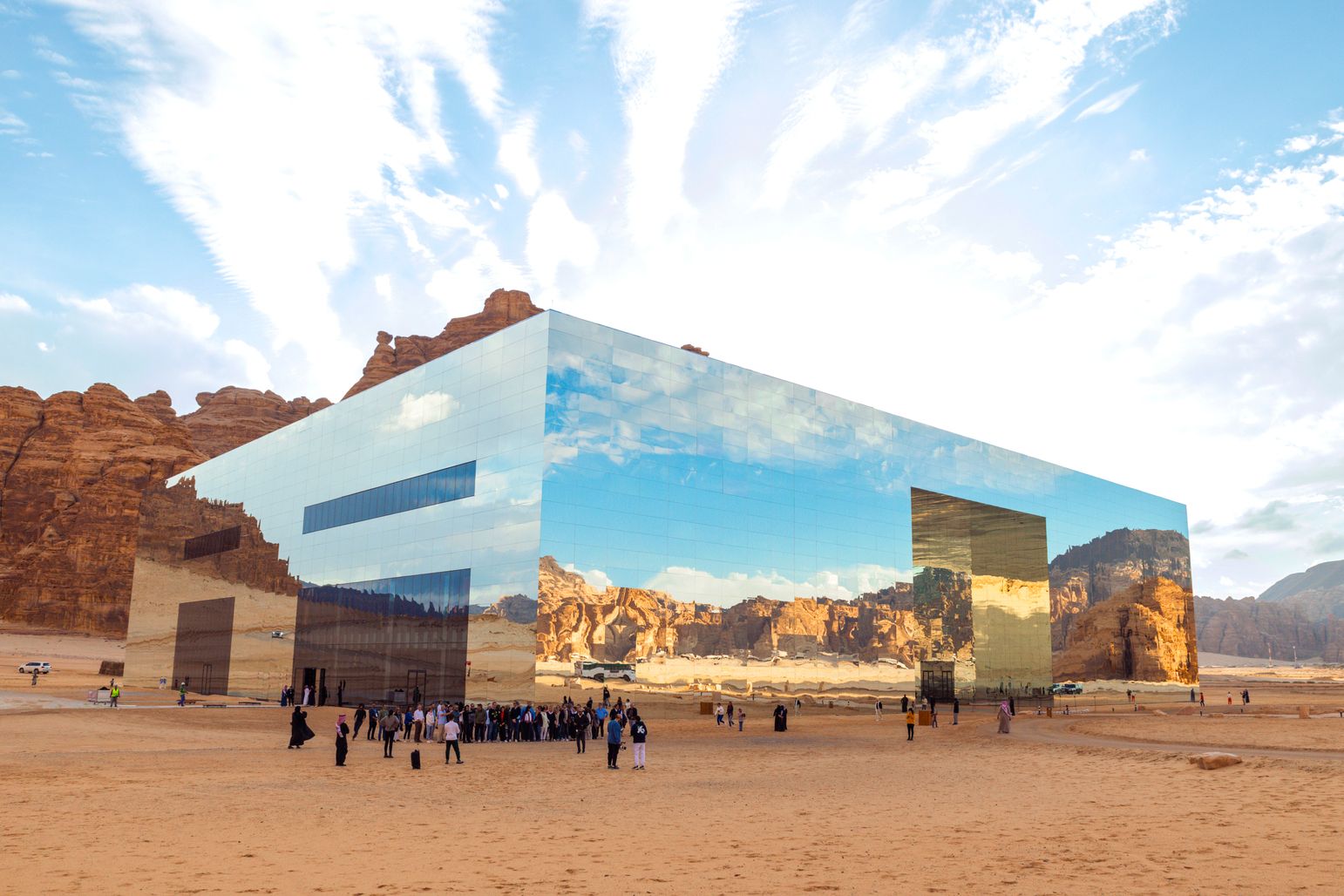
Maraya, meaning ‘mirror’ in Arabic, is the largest mirrored building on earth. An architectural wonder that has quickly reached icon status, the concert hall is based on AlUla’s Ashar Valley, and its mirrored surface seamlessly blends with the desert cliffs.
The futuristic design is comprised of thousands of reflective glass panels, creating a stunning illusion of disappearing into its surroundings. Its 26-metre floor-to-ceiling façade has fast become one of the ultimate selfie spots in Saudi. Maraya Concert Hall has become host to world-class events – with performances from Grammy Award-winning artist Lauryn Hill, as well as British “You’re Beautiful” singer, James Blunt.
Many temporary art exhibitions have also been held at the hall, and luxury brands such as Rolls-Royce and Cartier have also chosen the Maraya Concert Hall as a backdrop for their commercials.
- Matbouli House Museum, Jeddah
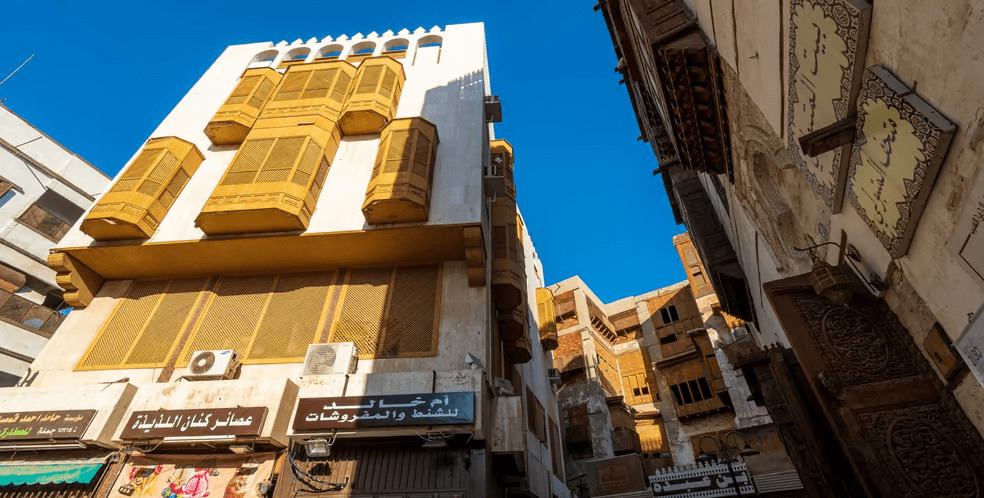
Located in Jeddah’s historic district Al-Balad, Matbouli House Museum was originally a traditional Hijazi merchant’s residence dating back nearly 400 years.
Converted into a museum, the original urban architectural style of the residence has been preserved with minimal renovation. The museum, owned by a local family, spans four floors with two entrances and showcases remarkable wooden-latticed balconies. Inside, visitors can explore classic stairwells, antique furnishings, and local artifacts, including old gramophones. The museum offers a glimpse into a daily life in Al-Balad during past centuries, and visitors can experience the rich cultural heritage of the region.
It has never been easier or safer to travel to Saudi, especially with Malaysia being among the 66 countries eligible for the eVisa program. Malaysians can obtain a free 96-hour Stopover Visa, or opt for an approved eVisa, valid for up to 90 days. Business and Umrah/Hajj visas are also available to those coming to the country for work or religious purposes. To ensure seamless accessibility and connectivity, airline capacity has increased to over 700,000 seats across three main carriers – Air Asia X, Malaysia Airlines, and SAUDIA. Direct flights are available to cities such as Jeddah, Madinah, Taif, and Damam. To learn more about Saudi and experiencing all the unique experiences with your family, visit https://www.visitsaudi.com/en for more information. Plan your unforgettable trip today!

